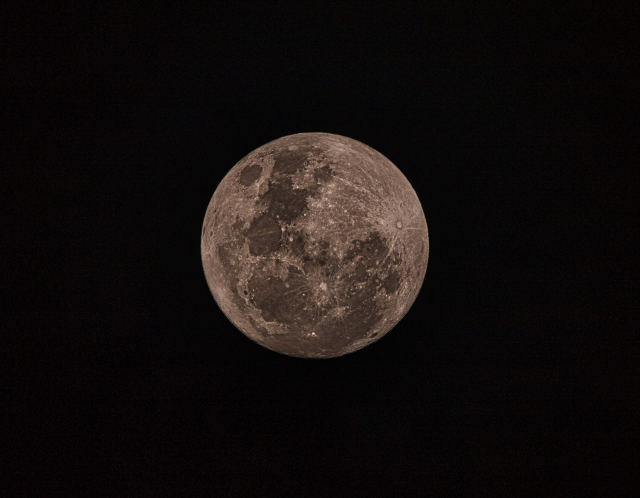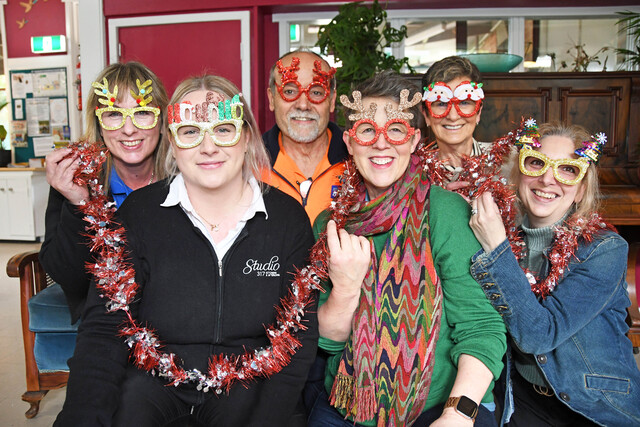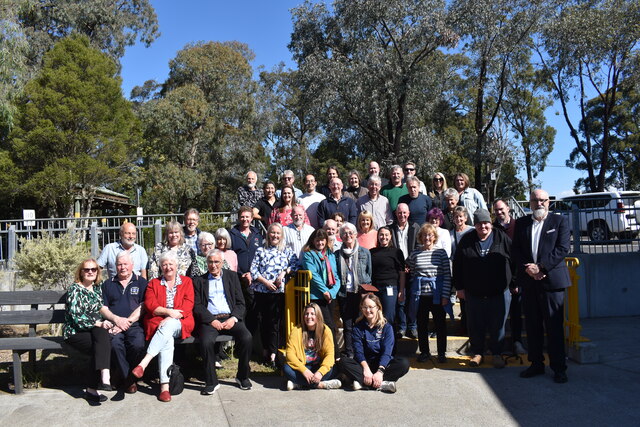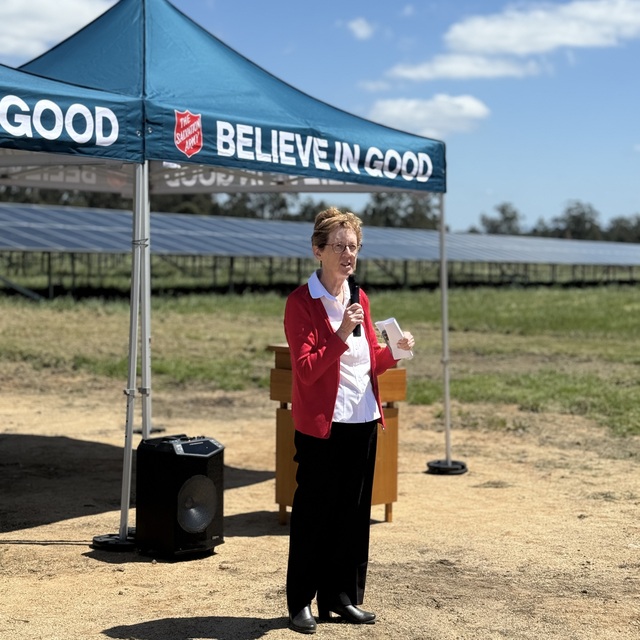The saying “once in a blue moon” couldn’t be more relevant than in the past week, marking the end of a season at the end of last month.
Locals have been treated to a blue super moon to conclude the winter season at the end of August, an astrological event that only happens every few years.
Astrological experts are saying this particular super moon was the largest we can expect for the rest of the year, with many locals taking to their phones and cameras to grab a snap of the moon.
The common definition of a blue moon is that it’s the second full moon of the month.
This has coincided with the super moon phenomenon, where the full moon is at its closest point to Earth, making it appear much larger and bright.
Mount Burnett Observatory committee member Jacquie Milner explained to Star Mail just how the super moon occurs.
“The Moon, we know, varies in distance.
“Sometimes it’s closer, and sometimes it’s further away.
“And what happens is there’s a few months of the year where the full moons coincide with it being close to Earth, and a few months when it coincides and being further away when it’s a full moon,” she said.
Ms Milner said that orbital paths in space are more elliptical than round, which is why these phenomena tend to be rare in the Earths’ calendar.
“The point where the Moon is closest to Earth in its orbit is called Perigee – G standing for Earth – and that means the closest point in an orbit.
“The opposite is Apo, the furthest point in an orbit.
“So for the moon, it’s perigee and apogee,” she said.
Ms Milner said there is an interesting story behind the idea of the blue moon in modern society.
“That [idea] actually came from an interpretive mistake by a famous magazine.
“There’s the expression once in a blue moon, and it was supposed to be something about an extra moon in a season, like in three months.
“But this magazine, Sky and Telescope, misinterpreted it to be the second moon in a calendar month.
“And so that, in our modern era, is how we’ve come to describe blue moons.
“It’s sort of stuck and become what we accept it to be,” she said.
This month officially marks the start of spring in Australia, with warmer weather expected in the coming weeks across Victoria.







